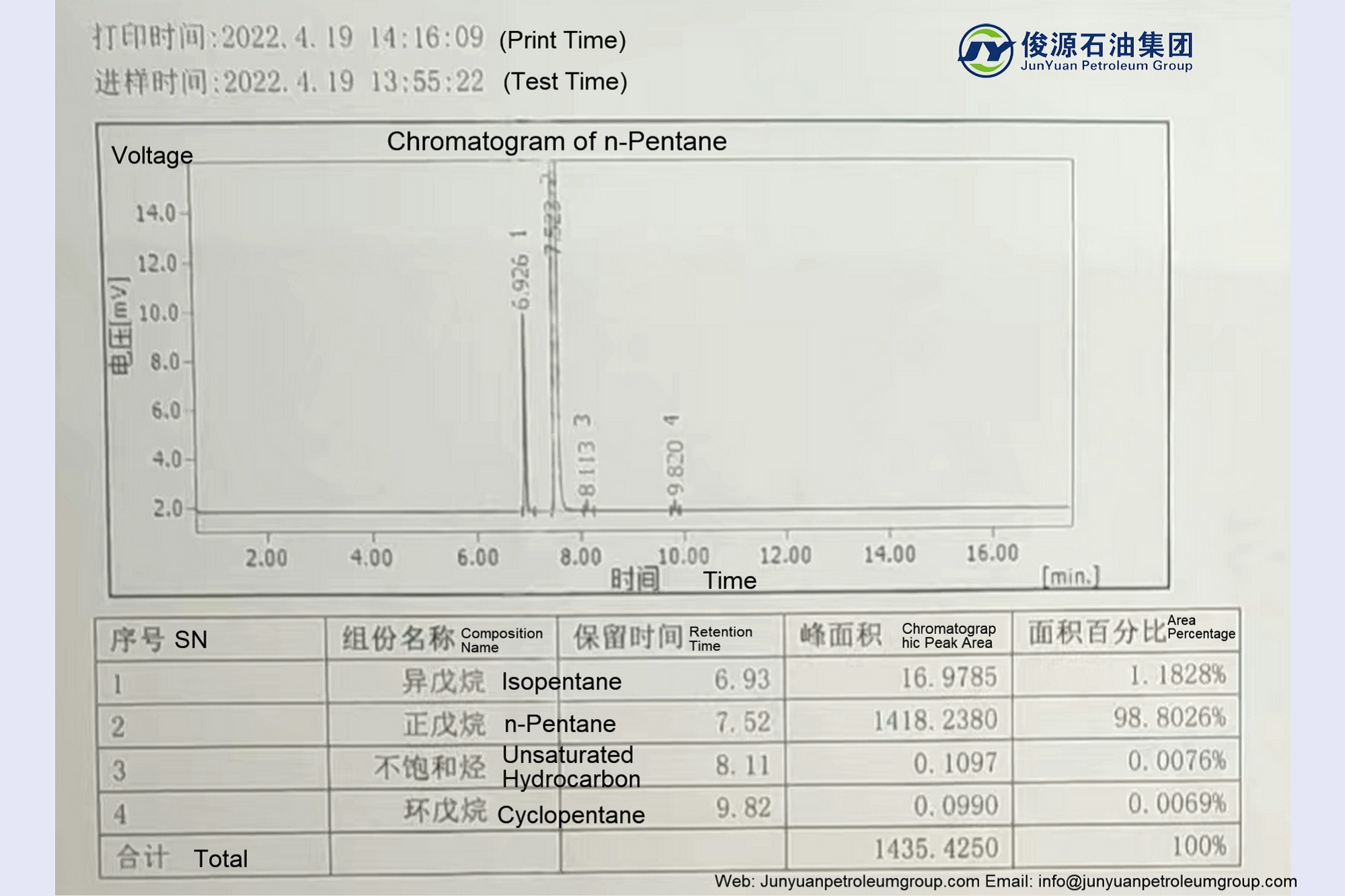Chromatogram refers to the image of the detection signal of the separated component over time. The shape of chromatogram varies with different chromatographic methods and detection records. The chromatograms of head-on chromatography and displacement chromatography are a series of steps; In elution chromatography, if a differential detector is used, the graph of the detection signal of the separated components changing with time is a group of chromatographic peaks similar to Gaussian distribution, the ordinate of the chromatogram is the response signal of the detector, and the abscissa is time, volume or distance.
Name in Chinese: Gas Chromatography 气相色谱图
Definition: time distribution image of separated component detection signal
Pinyin: Q ì Xi à ng s è p ǔ tú
Name in English: chromatogram
Related Terms
⊕ chromatogram – the signal time curve obtained when the sample flows through the chromatographic column and detector, also known as the chromatographic outflow profile.
⊕ baseline — after the mobile phase is flushed and the column and mobile phase reach equilibrium, the detector measures the outflow curve for a period of time. Generally, it should be parallel to the time axis.
⊕ noise – fluctuation of baseline signal. It is usually caused by poor power contact or instantaneous overload, unstable detector, bubble in mobile phase or contamination of chromatographic column.
⊕ drift – the slow change of the baseline over time. It is mainly caused by the instability of operating conditions such as voltage, temperature, mobile phase and flow. The pollutants or stationary phase in the column will also drift after being eluted continuously.
⊕ chromatographic peak – the curve generated by the corresponding continuous signal when the group is shunted through the detector. A projection on an outflow curve. The normal chromatographic peak is similar to the symmetrical normal distribution curve (Gaussian Gauss curve). There are two kinds of asymmetric chromatographic peaks: leading peak and tailing peak. The former is rare.
⊕ tailing factor (T) — t = B / A, which is used to measure the symmetry of chromatographic peaks. Also known as symmetry factor or asymmetry factor, t should be 0.95 ~ 1.05 according to Chinese Pharmacopoeia. T1. 05 is the tailing peak.
⊕ peak bottom – the distance from the starting point of the peak on the baseline to the end point.
⊕ peak height (H) – the distance from the highest point of the peak to the bottom of the peak.
⊕ peak width (W) – the distance between the two tangents at the inflection points on both sides of the peak and the two intersections of the baseline. W=4 σ。
⊕ peak width that height (WH / 2) – peak width at half of peak height. Wh/2=2.355 σ。
⊕ standard deviation, σ)—— Half of the peak width of the normal distribution curve when x = ± 1 (inflection point). The inflection point of normal peak width is 0.607 times of peak height. The standard deviation indicates the dispersion degree of components in the process of flowing out of the chromatographic column. σ Small, small dispersion, high pole concentration, thin peak shape and high column efficiency; conversely, σ Large, fat peak shape and low column efficiency.
⊕ peak area (a) – the area surrounded by the peak and the peak bottom. A= ×σ× h=2.507 σ h=1.064Wh/2h。
signal
Tailless peak
chromatographic column
Chromatographic outflow curve
